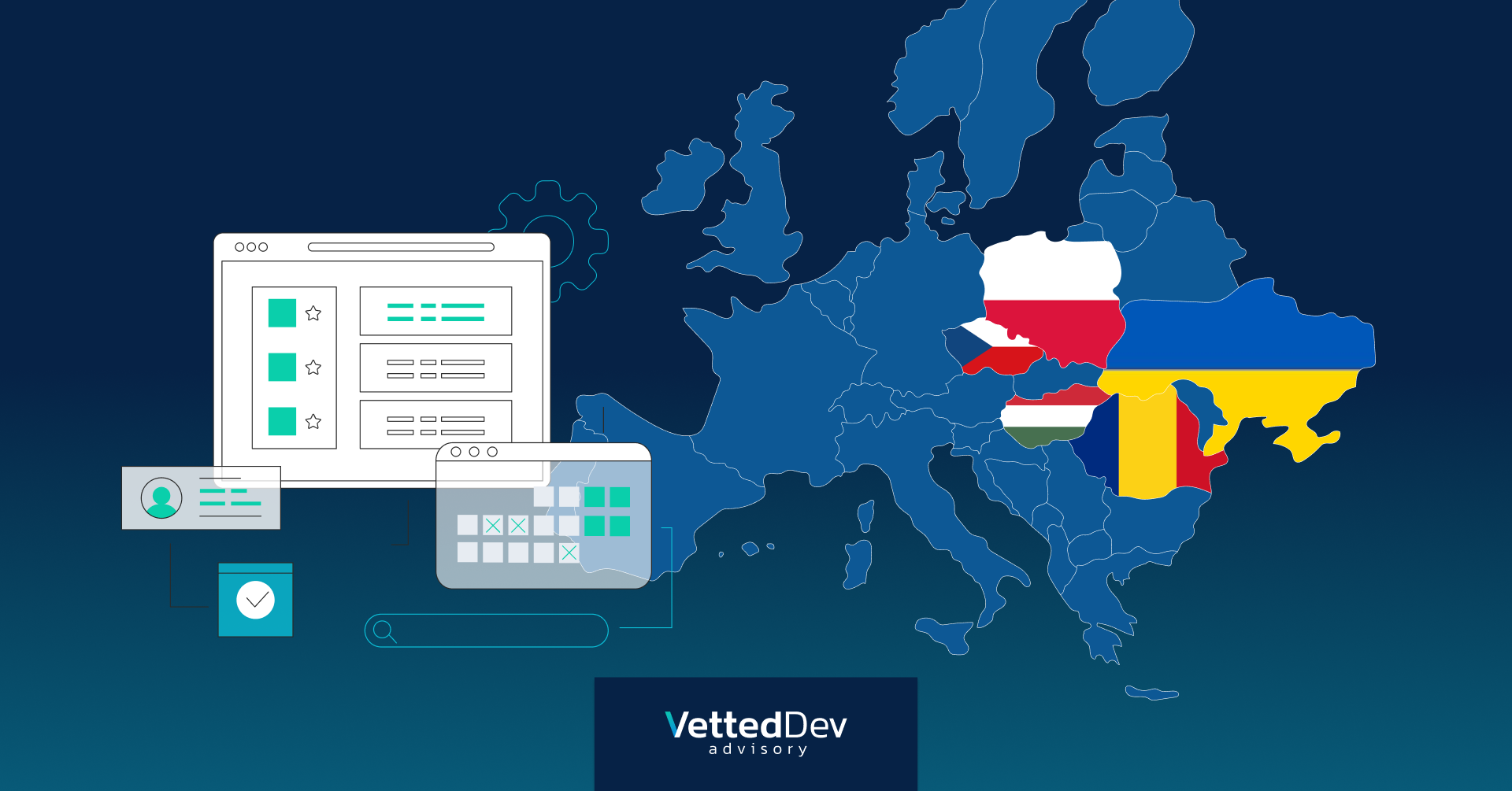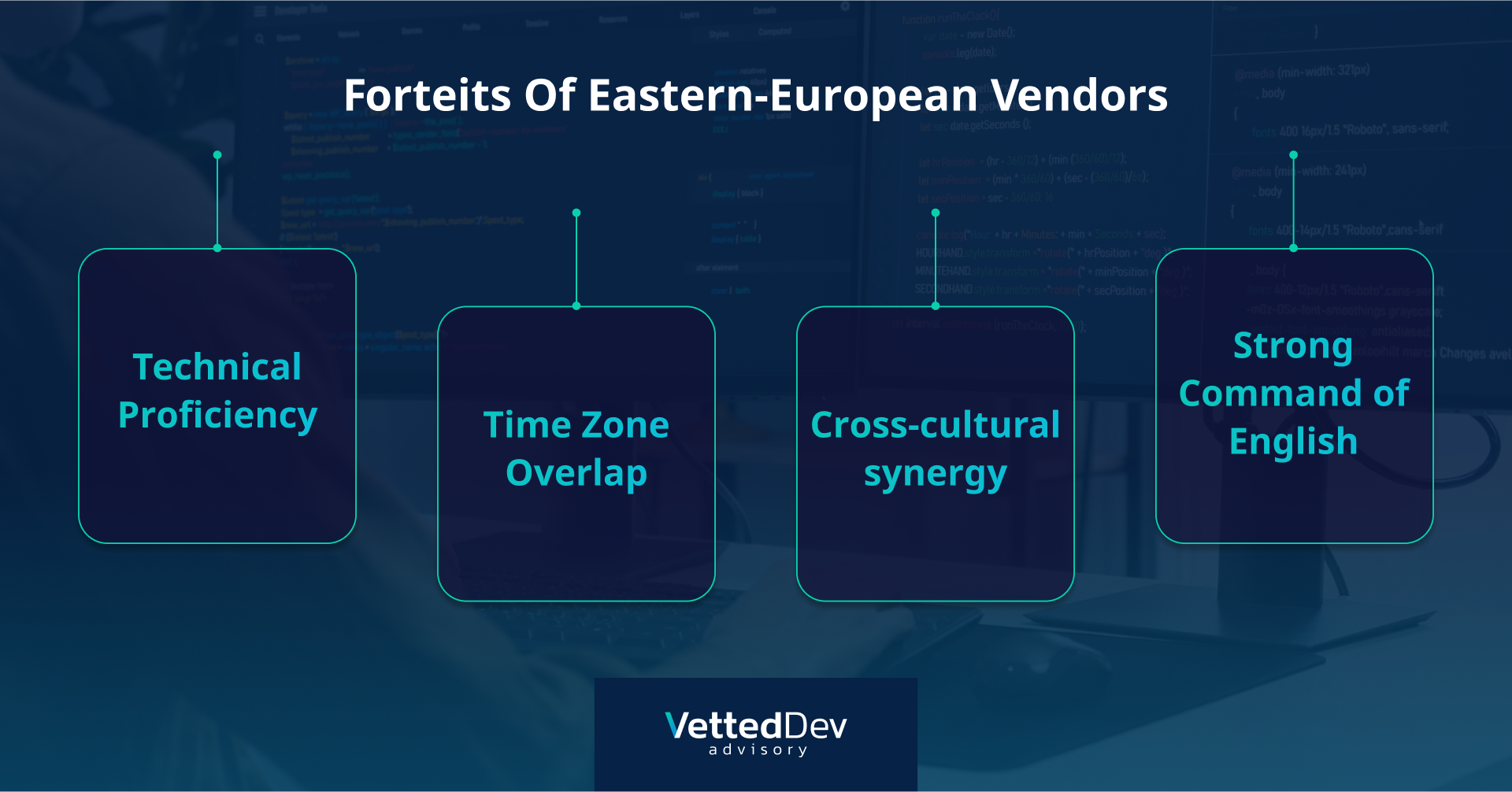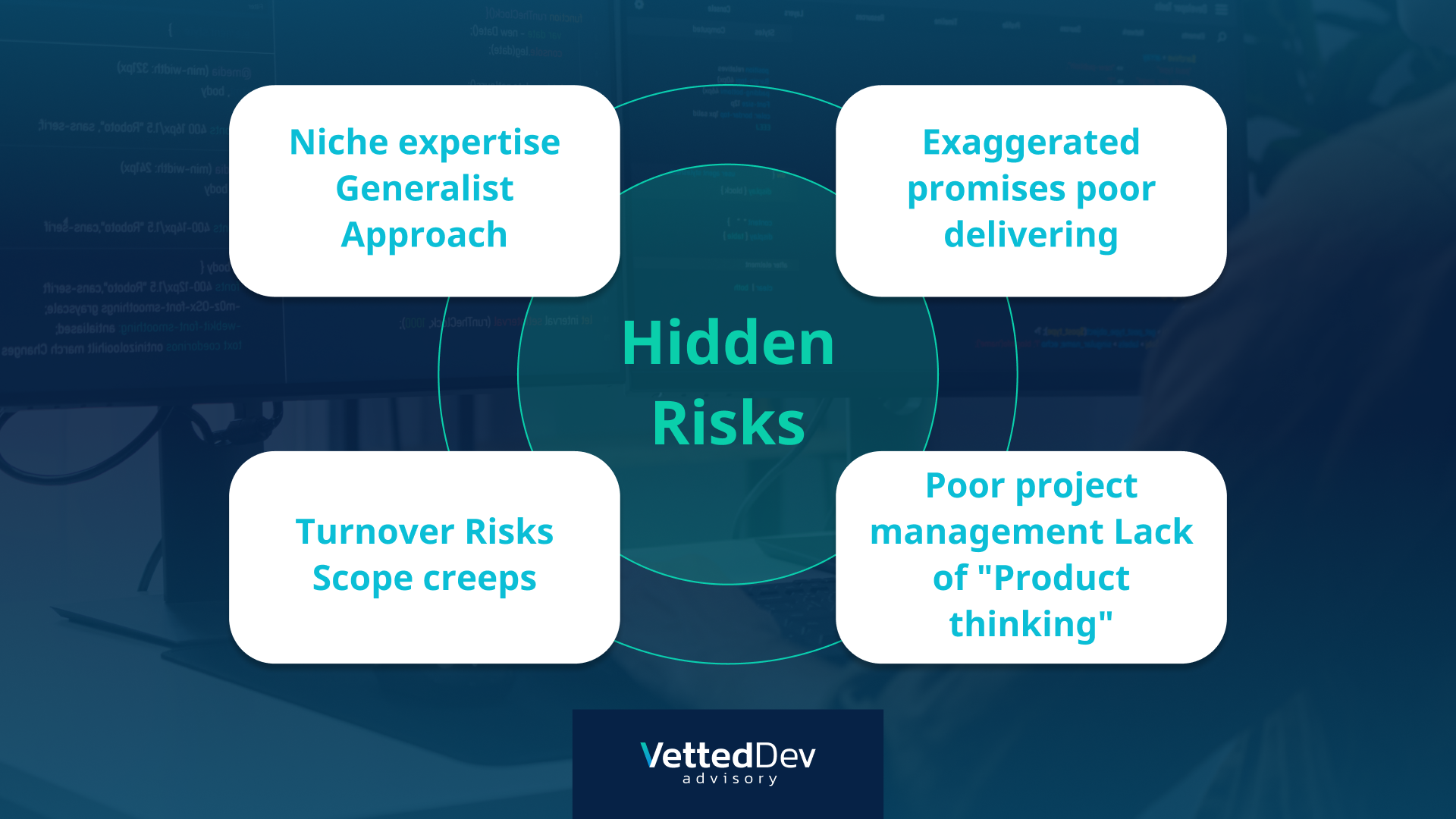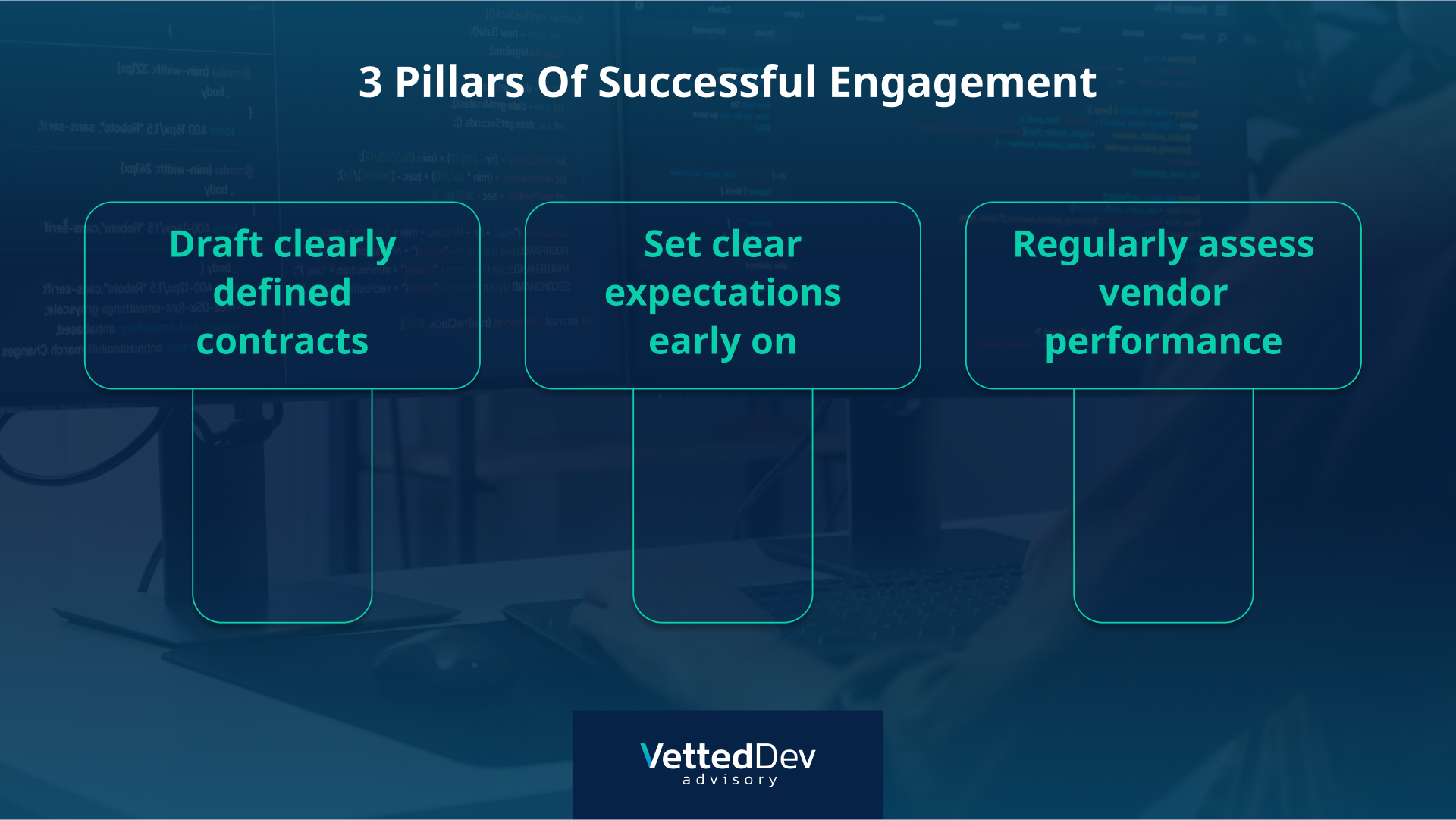The Hidden Cost: Why Ignoring Technical Debt Can Derail Your AI and Digital Transformation Projects
By Serg Panasenko, Founder at Vetted Dev
Introduction
Over the past decade, Eastern Europe has cemented itself as one of the world’s most attractive regions for outsourcing custom software development. From the bustling tech scenes of Ukraine and Poland to rising hubs in Romania, Bulgaria, and Serbia, companies across North America have increasingly looked eastward in search of high-quality technical talent at competitive prices.
I’ve had a front-row seat to this evolution. For more than ten years, I’ve worked with, sold for, and evaluated dozens of Eastern European software development companies from boutique specialists to large outsourcing giants. I’ve seen successful partnerships that launched industry-leading products, and I’ve also witnessed engagements that unraveled despite everyone’s best intentions.
In this article, I’ll share what I’ve learned – the good, the bad, and the rarely talked about and offer lessons to help you maximize your chances of success if you’re considering (or already working with) an Eastern European development partner.

Why Companies Choose Eastern Europe
The appeal of Eastern Europe isn’t hard to get:
1. Talent Quality
Eastern European developers are known for their deep technical proficiency, especially in software engineering, mathematics, and computer science. Many come from rigorous academic backgrounds where technical education is highly valued.
2. Time Zone Advantages
Compared to teams in Asia, Eastern Europe offers a smaller time zone gap for North American clients. A 6–10 hour difference allows for a few overlapping working hours, enabling better collaboration without demanding overnight shifts.
3. Cultural Compatibility
While every country has nuances, overall, Eastern European work culture tends to align more closely with Western expectations around deadlines, project ownership, and direct communication compared to more hierarchical or deferential cultures elsewhere.
4. Strong English Proficiency
Especially among younger professionals and tech communities, English skills are strong. This reduces friction in requirements gathering, project updates, and technical documentation.

Major Strengths of Eastern European Dev Shops
Drawing from a decade of experience, here are consistent strengths you can expect from good Eastern European vendors:
Deep Technical Expertise
If you need strong backend architecture, scalable SaaS platforms, data-intensive applications, or high-quality mobile development, Eastern European engineers often excel. Their engineering-first mindset typically leads to robust, reliable solutions.
Professionalism and Communication
Good firms invest heavily in clear project management, regular status updates, sprint demos, and agile methodologies. You’ll often deal with people who are direct, realistic, and transparent.
Flexibility and Adaptability
Eastern European teams are typically willing to adjust to different engagement models from full agile teams embedded into your organization to turnkey project-based deliveries.
Challenges (That Are Rarely Talked About).
Of course, not every story is a success story.
There are patterns of challenges that North American companies often encounter, which many outsourcing articles gloss over.
Narrow Specialization vs. True Versatility
Some dev shops shine at one kind of project, say, e-commerce platforms but stretch themselves thin trying to chase every RFP. It’s critical to ensure a vendor’s expertise actually aligns with your needs.
Overpromising During Sales
Sales representatives are often incredibly polished and convincing. However, there’s sometimes a significant gap between what’s promised pre-sale and the actual delivery team’s capabilities.
Management Maturity Gaps
Technical execution may be strong, but strategic project management, product thinking, or client education can sometimes lag, especially among mid-sized firms trying to scale too quickly.
Retention and Turnover Risk
With growing demand, top developers often hop between companies for better offers. If your vendor doesn’t have strong HR practices or employee retention programs, you might find your key engineers replaced mid-project.
Hidden Cost Escalations
While initial hourly rates are attractive, change orders, scope gaps, and “out of scope” work can drive unexpected budget increases if not managed tightly from the outset.

Lessons Learned or What I Know Now That I Wish I Knew Then
Lesson 1: Vet the Individual Team, Not Just the Company
It’s tempting to trust a vendor’s brand or logo sheet. Instead, always ask who specifically will work on your project and interview them if possible.
Lesson 2: Ask About Real, Recent Case Studies
Marketing case studies are nice, but focus on recent, relevant, detailed examples, not just polished success stories from five years ago.
Lesson 3: Dig into Leadership, Not Just Sales Teams
Understand the leadership layer: Who owns delivery? Who runs technical oversight? A strong sales process without strong delivery leadership is a red flag.
Lesson 4: Check Depth Across Multiple Technologies
If your project touches several tech stacks (e.g., backend, mobile, DevOps, security), make sure the vendor has real depth not just buzzwords.
Lesson 5: Understand What “Senior” Actually Means
“Senior” can mean very different things between vendors. Test technical leadership levels with detailed discussions or technical assessments.
Lesson 6: Budget for Knowledge Transfer Early
Assume that some turnover may happen. Ensure code, architecture decisions, and documentation are owned by you, not trapped inside developer heads.
Lesson 7: Long-Term Engagement > Short-Term Savings
A vendor who sees your project as a long-term partnership not a one-off deal will invest more proactively in success. Don’t chase lowest bids; chase best alignment.
Eastern Europe Today: Evolving Landscape
Over the past five years, Eastern Europe has changed and continues to evolve:
Rising Competition and Rates
As the region’s reputation has grown, rates have risen. The value is still strong, but don’t expect “cheap labor” expect high-quality talent at fair market rates.
Expansion Beyond Traditional Hubs
While Ukraine and Poland remain dominant, emerging hubs like Romania, Bulgaria, Serbia, and even the Baltics (Estonia, Lithuania) offer strong alternatives.
Political Instability
While most countries remain stable, geopolitical risks (such as the war in Ukraine) highlight the importance of risk diversification when planning long-term vendor relationships.
Eastern Europe Today: Evolving Landscape
Over the past five years, Eastern Europe has changed and continues to evolve:
Rising Competition and Rates
As the region’s reputation has grown, rates have risen. The value is still strong, but don’t expect “cheap labor” expect high-quality talent at fair market rates.
Expansion Beyond Traditional Hubs
While Ukraine and Poland remain dominant, emerging hubs like Romania, Bulgaria, Serbia, and even the Baltics (Estonia, Lithuania) offer strong alternatives.
Political Instability
While most countries remain stable, geopolitical risks (such as the war in Ukraine) highlight the importance of risk diversification when planning long-term vendor relationships.
Best Practices for Successful Engagement
If you decide to work with an Eastern European dev shop, here’s how to set yourself up for success:
Structure Contracts Carefully
Use clear scope definitions, agreed-upon milestones, and change management processes. Budget for project management explicitly.
Align Expectations Upfront
Be crystal clear about deliverables, communication cadences, escalation processes, and ownership of intellectual property (IP).
Conduct Continuous Vendor Evaluation
Evaluate vendors quarterly or after major milestones. Look at delivery quality, team consistency, communication effectiveness, and alignment to evolving needs.

Conclusion
Eastern Europe remains a phenomenal source of tech talent and software development expertise.
But the lessons of the past decade are clear:
Success isn’t automatic.
It comes from thoughtful vendor selection, clear expectation setting, strong management, and building a true partnership – not a transactional outsourcing relationship.
If you do it right, you’ll find world-class engineers who care about your project, deliver strong results, and help you scale your vision.
If you do it wrong, you’ll burn time, money, and opportunity.
At VettedDev, we specialize in helping founders and executives get this crucial first decision right as the vendor you choose is the foundation of everything that follows.

For more insights on finding the right outsourcing partner? Visit VettedDev.net for guides, tips, and curated recommendations.
